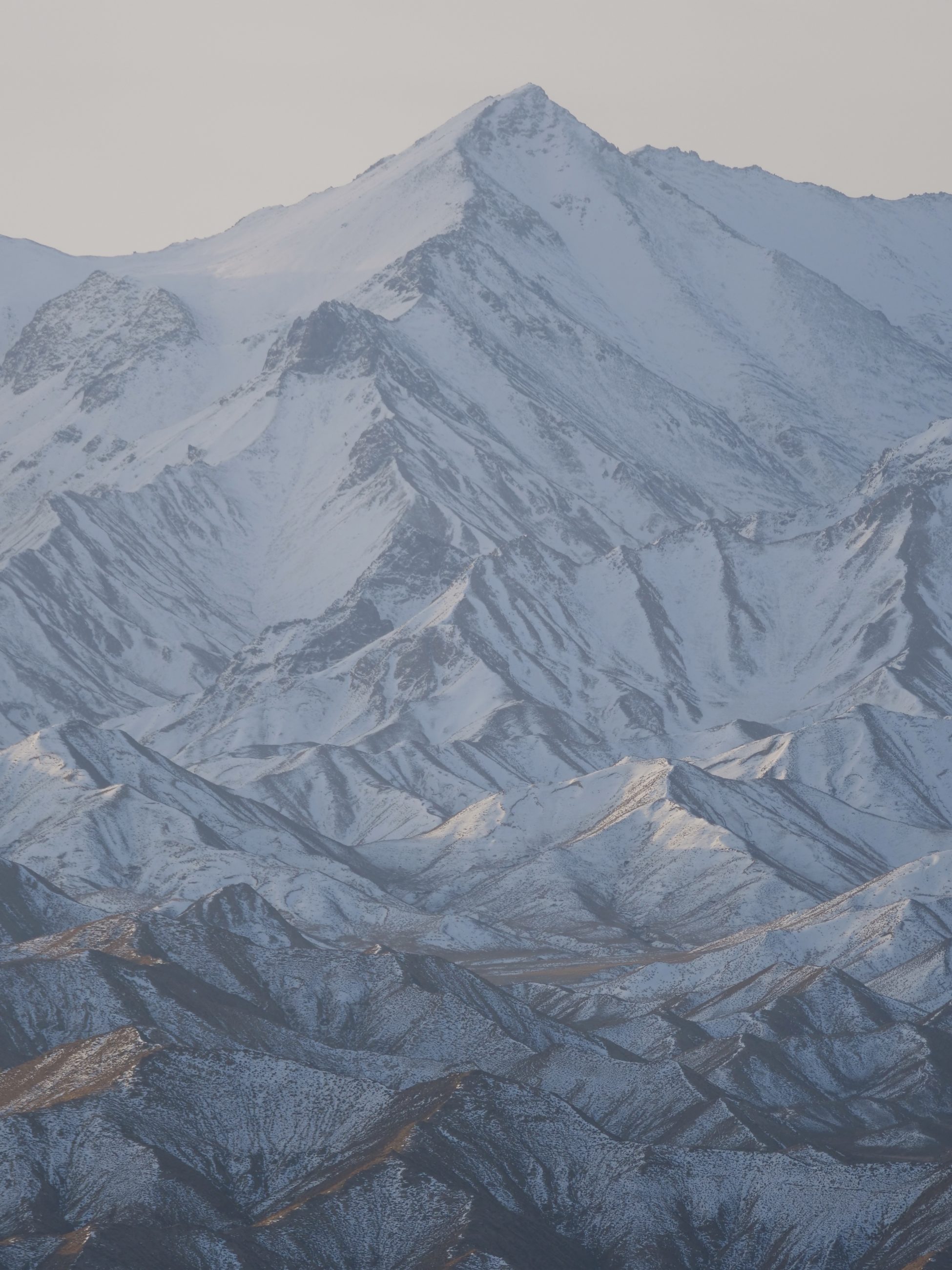Kathryn Schulz’s superb essay is called What Do We Hope to Find When We Look for a Snow Leopard?
Although not primarily about snow leopards, it particularly refers to a 1978 “classic” – Peter Matthiessen’s The Snow Leopard – and to a recently-published book by a Parisian who also pursued an ardent desire to encounter a snow leopard, on “the roof of the world”.
Kathryn Schulz’s prose is uncommonly elegant, and incisive.
She deeply appreciates – and illuminates – exactly what is so wonderful in the “nature writing” of Peter Matthiessen and Sylvain Tesson.
Schulz also nails exactly what is fundamentally rotten/toxic about attitudes expressed – whether wittingly or otherwise – by Matthiessen and Tesson…and not a few other “great” writers about “wild” places:
Stripped of its soaring prose and its sagebrush and pine martens, this is the default attitude of teen-agers and tyrants; were it not so dangerous, it would simply be absurd. If we truly wish to do something about our many unfolding environmental catastrophes, we can’t escape the obligation of dealing with other people. That is often difficult, but so is trekking the Himalaya or hunkering down motionless all day in the freezing cold. The great imaginative failure of both the spiritual and the misanthropic strains of nature writing is that they valorize the challenges that arise when we confront ourselves and the wilderness but not the challenges that arise when we confront one another.
Click here to read the essay, as published in the July 12 & 19 2021 issue of The New Yorker.
Footnote:
The photo (copyright Doug Spencer) was taken on the Tibetan Plateau early morning of 21 October 2019, in the Dulan Mountains, Qinghai, China. Four days earlier, my beloved and I had seen a snow leopard…but my photographic record of that unforgettable event is, alas, best forgotten.
